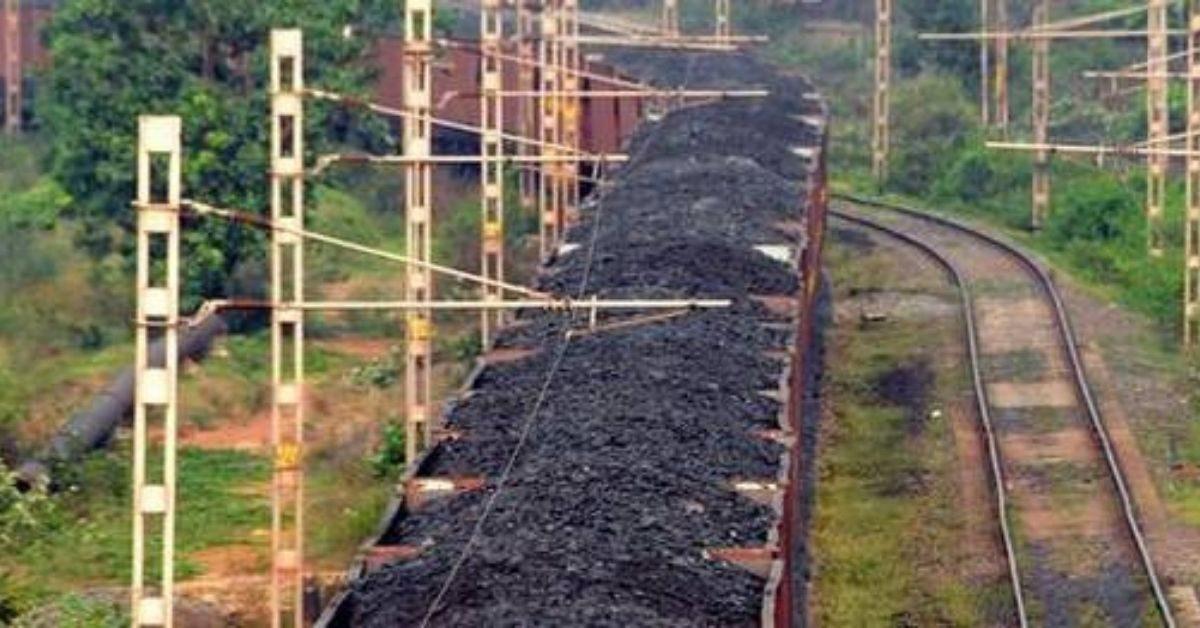The report prepared by the Traffic, Transportation and Business Research (TT&BR) Unit of railways has also recommended the construction of the two proposed East-West and East Coast Dedicated Freight corridors (DFCs) “be taken up on priority” to ensure the smooth flow of coal to the thermal plants. This comes at a time when the government is reviewing its plan to build more DFCs after nearing completion of Eastern and Western DFCs.
As per the report, the energy requirement is likely to increase to approximately 3,000 billion units (BU) by 2030. Any shortfall will severely impact the growth of the country, which can lead to shortages or outages in all sectors, including manufacturing, agriculture and transport by 2030, it said. Considering this while the National Rail Plan had projected coal requirement of 1,547 MTs by 2030, the new report has concluded that coal consumption will increase to 1,853 MTs considering the high economic growth rate and per capita energy consumption.
Currently, nearly 75% of the energy produced is from thermal sources. Railways transports nearly 65% of the coal required for power generation. As per the report, by 2030 this ratio is likely to balance out to 65% thermal and 35% non-thermal. This is primarily due to the low plant load factor of renewable sources as compared to thermal.
In the railways commodity basket, coal has a massive share of 48%. Since most of the energy presently produced in the country is coal based production, its transportation will play a critical role in the country’s economic growth. Considering this criticality, the Indian Railways has conducted the internal study to determine the likely volume of coal transportation by rail by 2030.
The study maps the growth in GDP as compared to other nations and the likely growth rate in the coming years to fix a GDP size of $7.2 trillion for the country by 2030.







